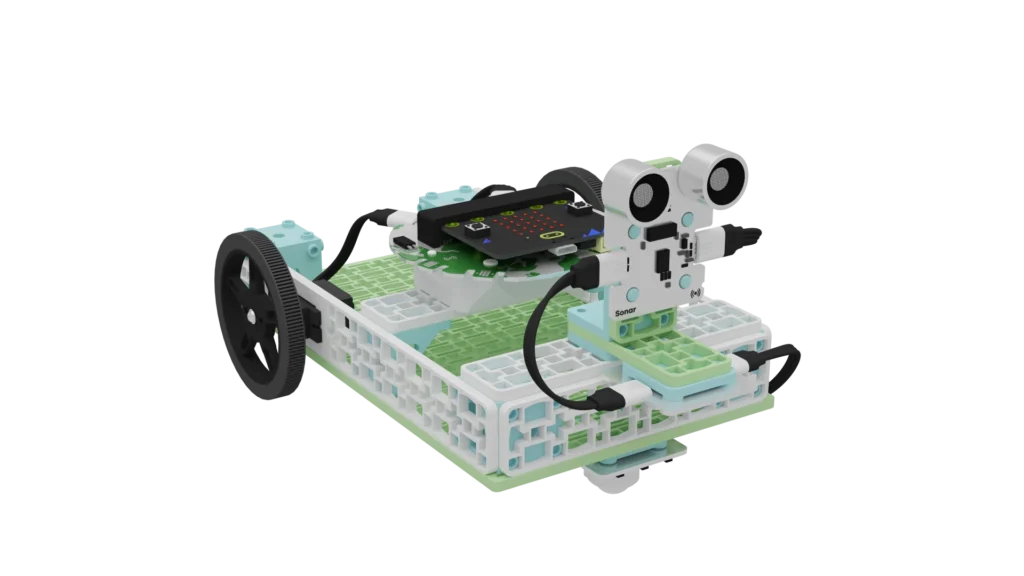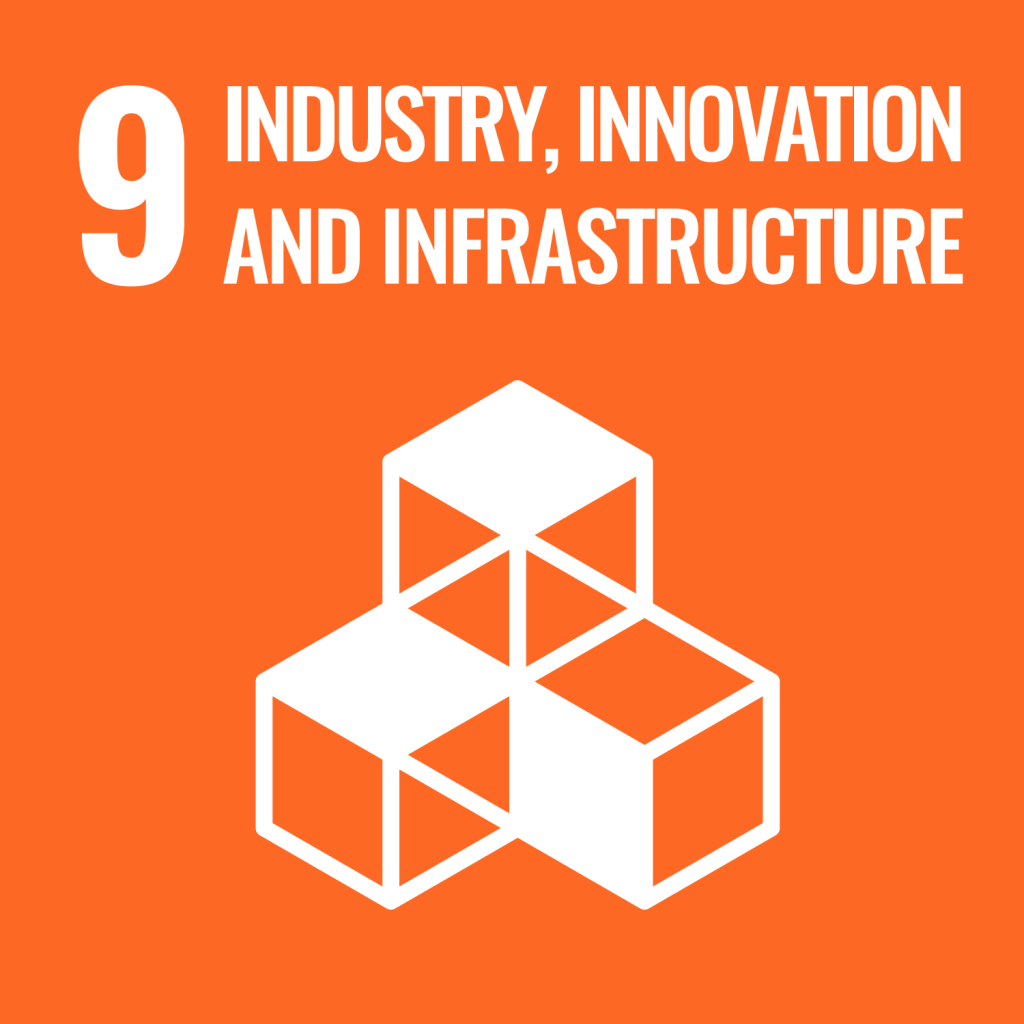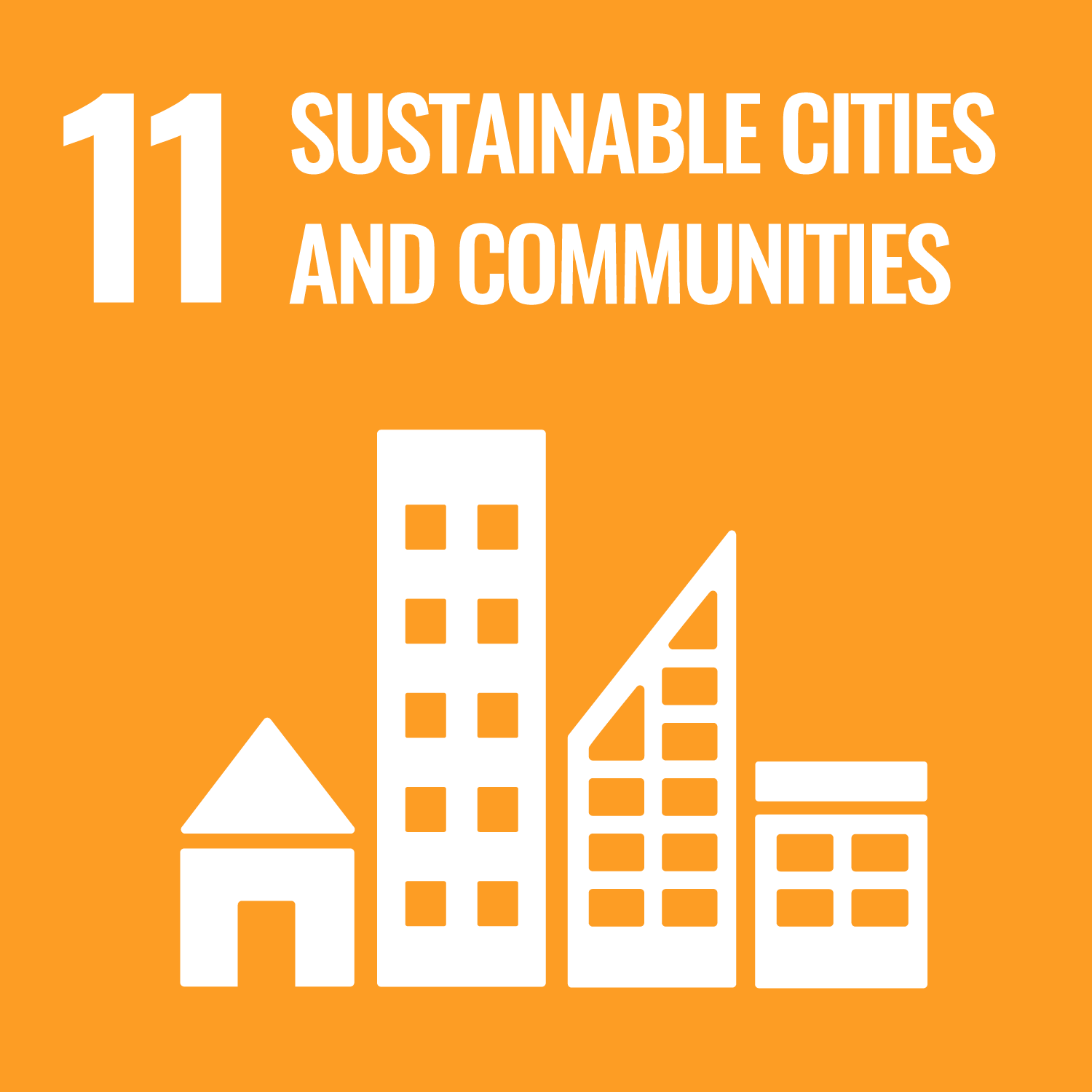Automation uses technology and machines to complete tasks that humans usually do more quickly or with fewer errors. In a warehouse, automation calculates the most efficient path across a warehouse, transports packages, and safely detects obstacles along a vehicle’s route.
In this lesson, we’ll learn how automation can reduce a warehouse’s carbon footprint. Then, we’ll build a smart warehouse vehicle prototype using the Climate Action Kit!

The United Nations Sustainable Development Goals (SDGs)
The SDGs are 17 goals created by the United Nations to make the world a better place. This lesson is connected to Goals 9, 11, and 13.
As we build our autonomous warehouse vehicles, consider these questions:
- How do you think artificial intelligence can make warehouses more efficient?
- How do autonomous vehicles and robots help make cities more sustainable?
- How do autonomous systems influence traffic management, air quality, and urban planning?
- In what ways do autonomous vehicles or robots reduce industries’ global carbon footprint?


